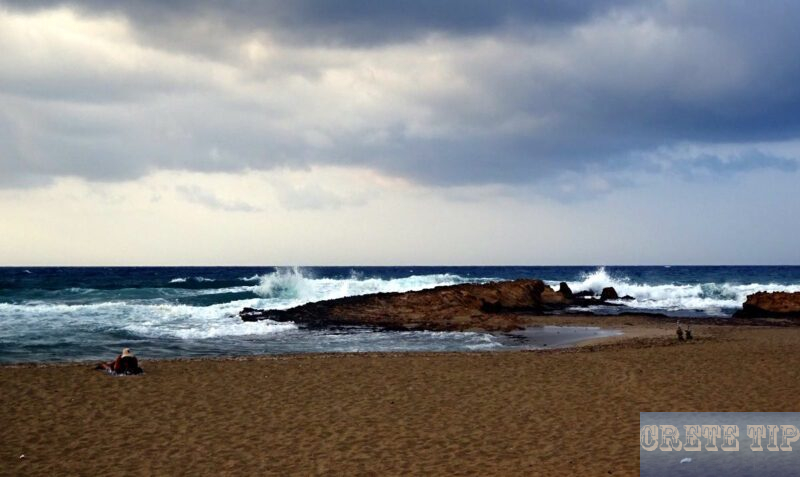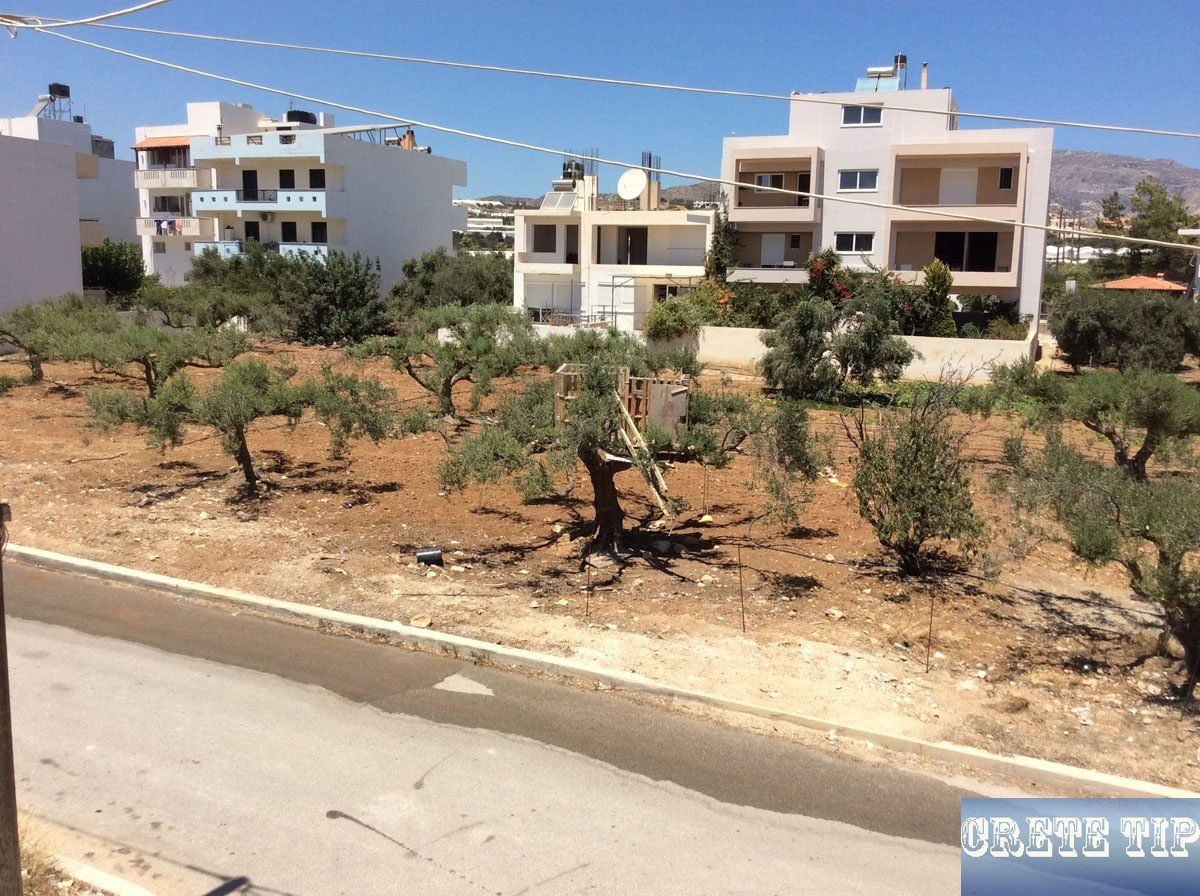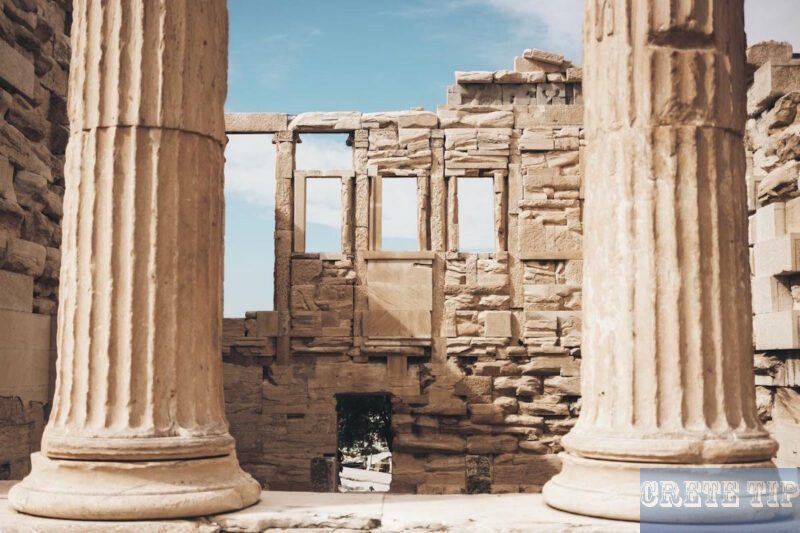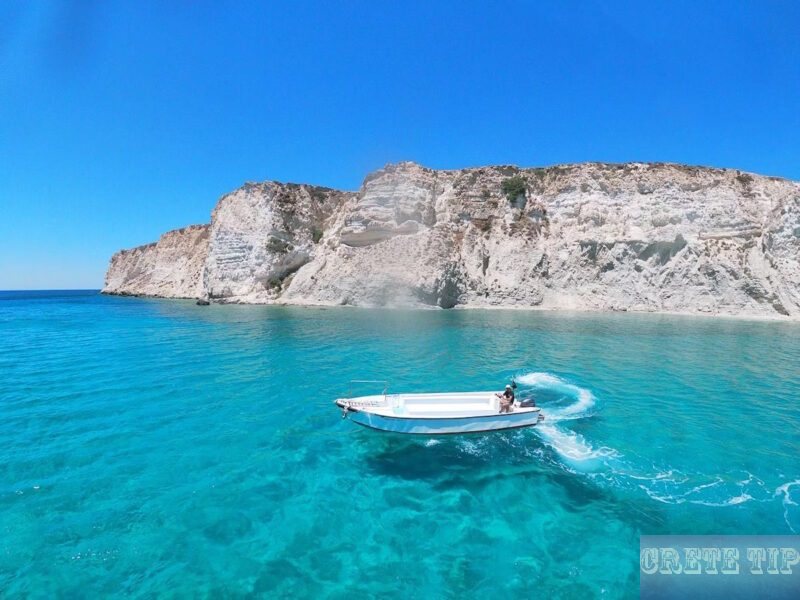In strong winds and yellow flags, you should not swim too far out on Crete’s beaches.

The swift intervention of the lifeguards prevented two tourists from drowning on Potamos beach in Malia
Potamos Beach in Crete turned dangerous fast for a couple caught by strong currents. The “Okeanis” lifeguard team got there just in time and probably saved their lives.
Key facts:
- Incident Date: 11 June 2025, 17:50
- Location: Potamos Beach, Crete
- Rescuers: Lifeguards of “Okeanis”
- Outcome: Couple safely brought to shore
It’s moments like these that show just how crucial a lifeguard presence can be, especially on busy Cretan beaches.
Lifesaving Rescue at Potamos Beach
On Tuesday, 10 June 2025, at 17:50, things got dicey at Potamos Beach in Malia, Municipality of Hersonissos. A lifeguard from the Oceanis rescue team had to perform a fast double rescue near the new lifeguard tower.
It was a yellow flag day—currents were strong and the warning was clear. Still, trouble found its way in.
Details |
|
|---|---|
Location |
Potamos Beach, Malia, Hersonissos |
Date & Time |
10 June 2025, 17:50 |
Conditions |
Yellow flag (warning for strong currents) |
Victims |
Couple caught 30m from shore |
Outcome |
Successfully rescued without medical aid |
The couple drifted about 30 metres out, right side of the beach. Panic set in—both were exhausted and couldn’t fight the rough water.
The lifeguard moved fast, reaching the woman first—she was in real trouble—then the man. Somehow, both made it back to shore safely.
Safety Reminders for Beachgoers
-
Pay close attention to warning flags:
- Yellow flags mean dangerous swimming conditions.
- Green flags? You’re good, but still, don’t get careless.
- Red flags: absolutely no swimming. Not worth the risk.
-
Always listen to lifeguards—they know what’s up.
-
If you’re unsure about the sea, or there’s a warning, just skip swimming.
The Role of Lifeguard Teams
Lifeguards are the ones watching the waves, ready to jump in at a moment’s notice. Their presence makes a difference.
The Oceanis team keeps saying: following the rules saves lives. Can’t really argue with that.

Authorities Involved
The Coast Guard was notified about the rescue. They’re always keeping an eye on coastal safety and work closely with lifeguard teams.
How to React in a Swimming Emergency
- Alert the lifeguard or emergency services immediately.
- If you’re not trained, don’t try to play hero—you could end up in trouble too.
- If it’s safe, use rescue equipment like a float.
- Stay calm and try to keep the person in distress calm as well.
Frequently Asked Questions

What are the safety measures to prevent drowning at beaches?
- Stick to areas where lifeguards are on duty—don’t wander off alone.
- Swim with a buddy. Always better than solo.
- Check the weather and sea before heading in.
- Skip the drinks if you plan to swim. Seriously.
- Obey posted signs and warnings, even if you think you know better.
- Learn the basics of swimming and water safety. It’s worth it.
How can couples stay safe while swimming in the sea?
- Stay close together and within the lifeguard’s line of sight.
- Talk about your limits and let each other know if you’re tired.
- Skip risky stuff like diving in places you don’t know.
- Keep an eye on the sea—waves and currents can change fast.
- Have a plan if someone starts feeling off or unsafe.
What immediate actions should be taken in a near-drowning incident?
- Get the person out of the water if you can do it safely.
- Check if they’re breathing and responsive.
- Call emergency services right away.
- If they’re not breathing, start CPR.
- Keep them warm and stay with them until help shows up.
What are the warning signs of rip currents that swimmers should look out for?
- Watch for darker, choppy water or a narrow, murky channel.
- Foam, seaweed, or debris moving out to sea in a line? That’s a red flag.
- Breaks in the usual wave pattern can mean trouble.
- Sudden changes in depth are another clue.
If you spot these, maybe just stay out of the water there.
How does one correctly perform a rescue operation for someone in danger of drowning?
- Call for professional help first. Don’t hesitate.
- If you can, use a float or something long to reach the person.
- Try not to grab them directly if they’re panicking—you could both go under.
- Pull them in gently to shore or a safe spot.
- Check their breathing and start first aid if needed.
Are there any specific first aid protocols for individuals rescued from near-drowning situations?
- First, check that the airway’s open and see if they’re actually breathing.
- If you can’t find a pulse or any breath, start CPR right away.
- If they’re breathing normally, go ahead and place them in the recovery position.
- Try to keep them warm—shivering’s not great for recovery—and do your best to help them stay calm.
- Don’t wait around; get medical help fast so doctors can watch for any complications that might pop up.



